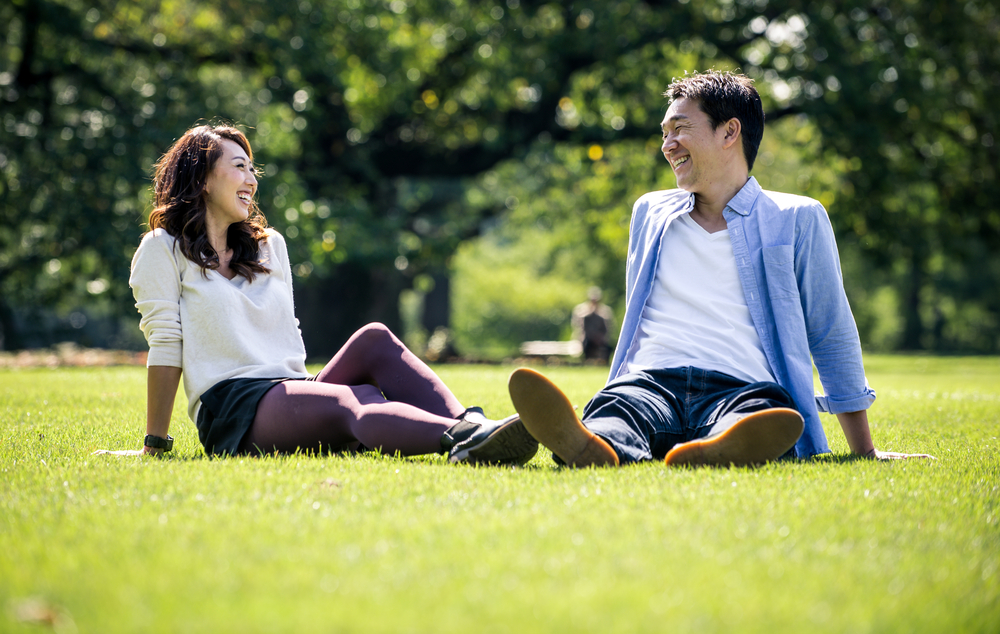
There’s some new research that has found that spending just as little as 10 minutes in nature can help college students feel happier and lower the effects of both physical and mental stress.
The research was published on the 14th of January in Frontiers in Psychology, and it is part of a larger examination of “nature therapy” that wants to provide an easily-achievable dosage that scientists can prescribe as a preventive measure against stress, anxiety, depression and other mental health issues that college students have to face every day.
“It doesn’t take much time for the positive benefits to kick in — we’re talking 10 minutes outside in a space with nature,” said lead author Gen Meredith, associate director of the Master of Public Health Program and lecturer at the College of Veterinary Medicine. “We firmly believe that every student, no matter what subject or how high their workload, has that much discretionary time each day, or at least a few times per week.”
Meredith and her co-authors viewed studies that analyzed the effects of nature on college students (no younger than 15, no older than 30) in order to find out how much time a student should spend in nature and what they should do while they’re outside. They have discovered that just 10-15 minutes in nature was very effective in improving the mood, focus and physiological markers like blood pressure and heart rate.
“It’s not that there’s a decline after 50 minutes, but rather that the physiological and self-reported psychological benefits tend to plateau after that,” said co-author Donald Rakow, associate professor at the School of Integrative Plant Science.
However, in order to enjoy the positive effects of being outside, students need to be sitting or walking in a natural space, the two primary activities that were examined and provided accessible recommendations.
“We wanted to keep this access to nature as simple and achievable as possible,” says Rakow. “While there is a lot of literature on longer outdoor programs, we wanted to quantify doses in minutes, not days.”
For students, there are many options that they can try for escaping into nature. For urban universities, researchers suggest that adding green spaces to a building can produce the same results. It’s not necessarily nature itself that’s beneficial, but the time spent in nature that counts.
“This is an opportunity to challenge our thinking around what nature can be,” says Meredith. “It is really all around us: trees, a planter with flowers, a grassy quad or a wooded area.”
This research is a movement toward prescribing more time in nature as a way to keep away the stress and anxiety while supporting physical ad mental health outcomes. The researchers also wanted to discover what “dose” would need to be prescribed to a college student to show positive effects. Additionally, they’re also hoping that once it will be applied in universities, it will become a part of a student’s routine and will be consumed in regular doses, just like a pill.
“Prescribing a dose can legitimize the physician’s recommendation and give a tangible goal,” says Meredith. “It’s different than just saying: ‘Go outside.’ There is something specific that a student can aim for.”
Meredith and Rakow’s co-authors include Erin Eldermire, head librarian at the Flower-Sprecher Veterinary Library; Cecelia Madsen ’12, M.P.H. ’19; Steven Shelley, M.P.H. ’19, epidemiologist at the Maine Center for Disease Control and Prevention; and Naomi Sachs, assistant professor at the University of Maryland.











































